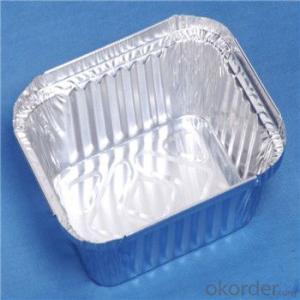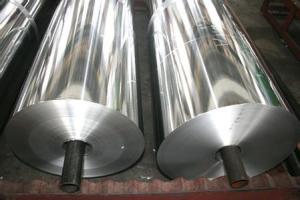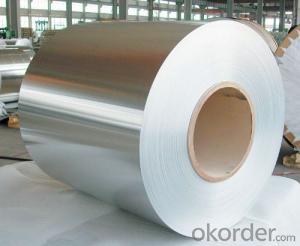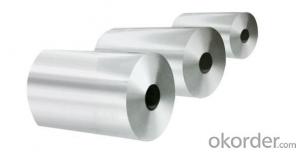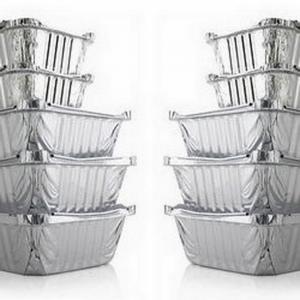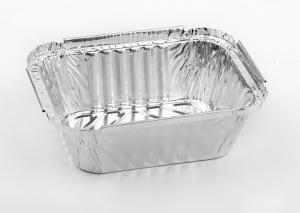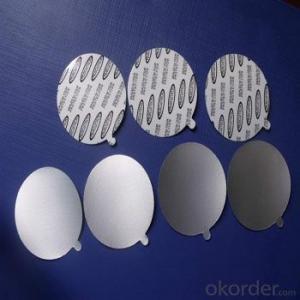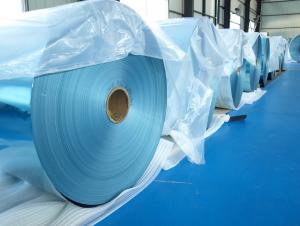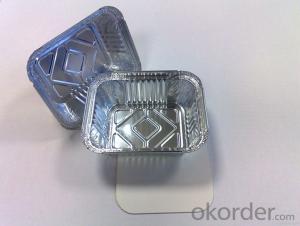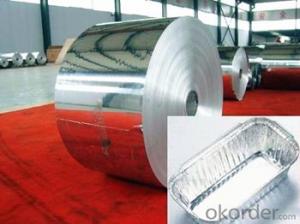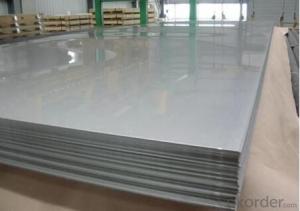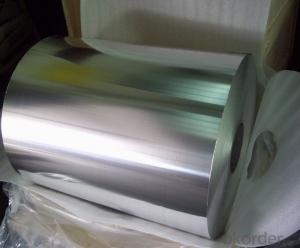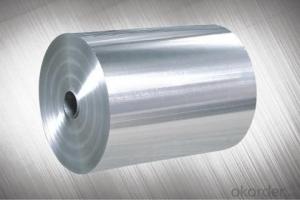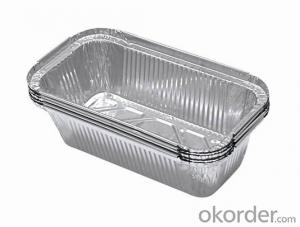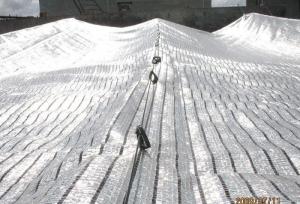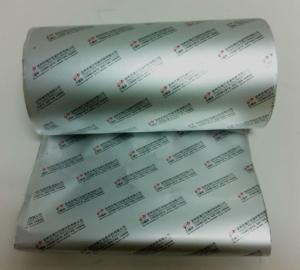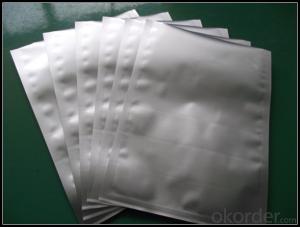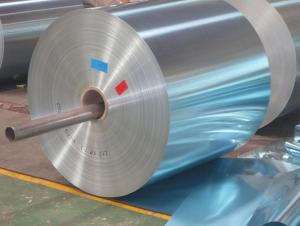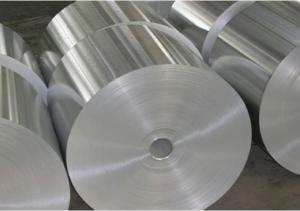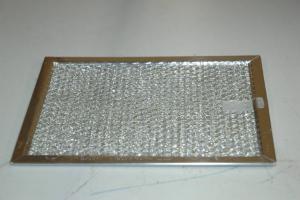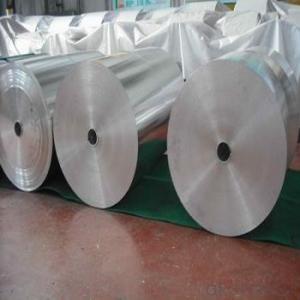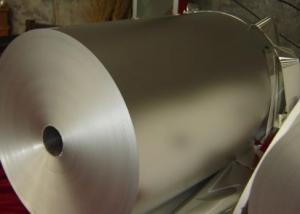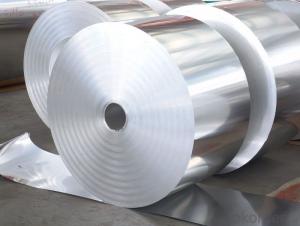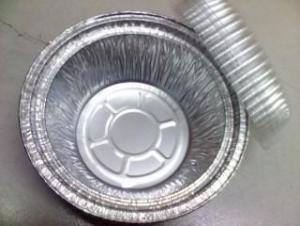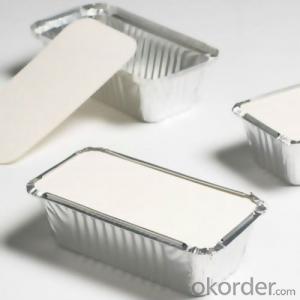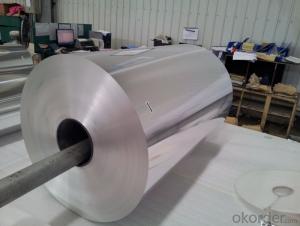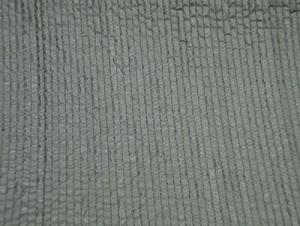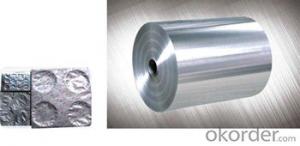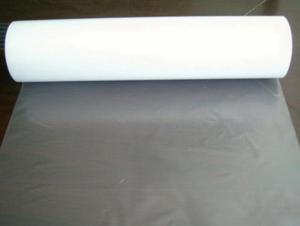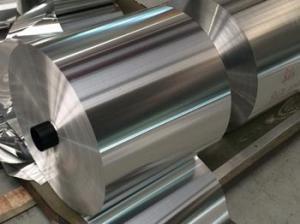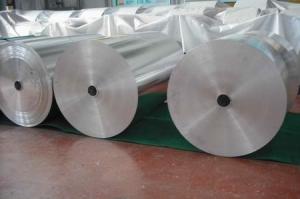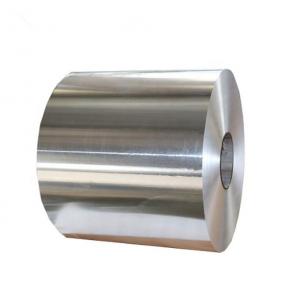Large Aluminum Foil Tray
Large Aluminum Foil Tray Related Searches
Foil Aluminum Tray Aluminum Foil Trays Small Aluminum Foil Tray Round Aluminum Foil Tray Aluminum Foil Tray Sizes Large Aluminum Foil Large Size Aluminum Foil Food Tray Aluminum Foil Big Aluminum Foil Large Roll Of Aluminum Foil Large Roll Aluminum Foil Big Roll Of Aluminum Foil Large Aluminum Foil Sheets Large Aluminum Foil Pans Stand For Aluminum Foil Tray Extra Large Aluminum Foil Giant Aluminum Foil Aluminum Foil Holder Rack Aluminum Foil Storage Rack Great Value Aluminum Foil Wide Aluminum Foil High Quality Aluminum Foil Aluminum Foil Box Aluminum Foil Bulk Aluminum Foil Tree Fold Aluminum Foil Box Aluminum Foil Plate Rack For Aluminum Foil Polished Aluminum Foil Aluminum Foil OrganizerLarge Aluminum Foil Tray Supplier & Manufacturer from China
Large Aluminum Foil Tray is a versatile and practical product, commonly used for various food packaging and catering purposes. These trays are made from high-quality aluminum material, ensuring durability and resistance to heat, making them ideal for holding and transporting food items. They are widely recognized for their ability to maintain the freshness and taste of the food, while also providing an aesthetically pleasing presentation.The Large Aluminum Foil Tray is extensively used in a multitude of scenarios, such as in restaurants, catering services, and even at home for special occasions. They are perfect for holding and serving a variety of dishes, including baked goods, casseroles, and other oven-cooked meals. Additionally, these trays are also utilized for food storage and transportation, as they provide a protective barrier against external contaminants and help maintain the temperature of the food.
Okorder.com is a renowned wholesale supplier of Large Aluminum Foil Trays, boasting a vast inventory to cater to the diverse needs of customers. They offer competitive prices and ensure that the products are of the highest quality, meeting the expectations of both commercial and individual users. By sourcing from Okorder.com, customers can be confident that they are receiving a reliable and cost-effective solution for their food packaging and serving needs.
